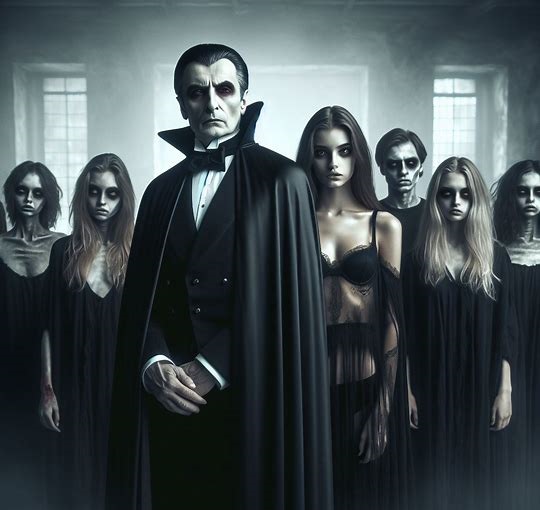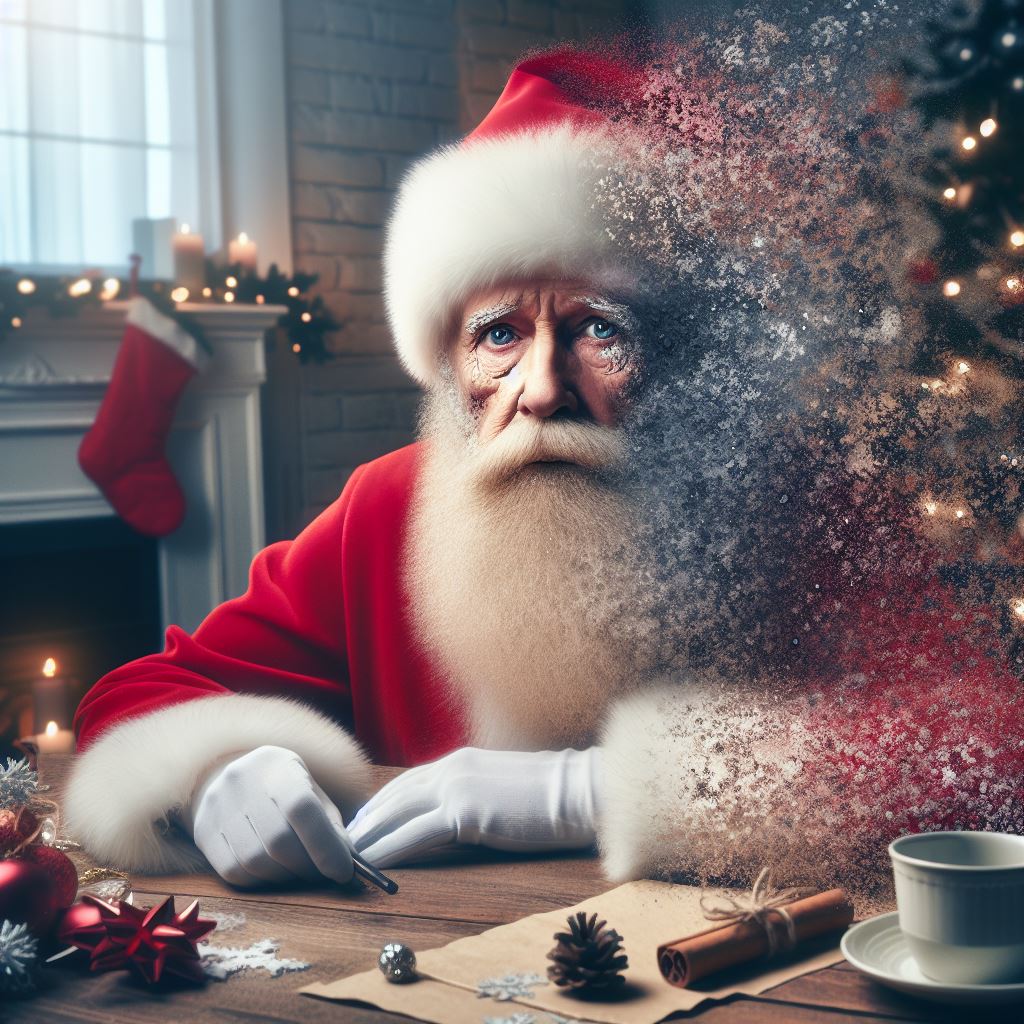When it comes to classic literature, few characters are as iconic and menacing as Count Dracula. Bram Stoker’s 1897 novel, “Dracula,” has immortalized the Transylvanian nobleman as the quintessential vampire, but what if we’ve been looking at this tale all wrong? What if, in reality, Dracula was more sinned against than sinning? Let’s sink our teeth into the idea that Dracula may have been the real victim in the narrative.
1. Foreigner’s Plight: Discrimination in Victorian England
Dracula’s journey to England was not a mere bloodthirsty invasion; it was an immigrant’s quest for a better life. Plagued by xenophobia, Dracula faced prejudice from the locals who viewed him as an outsider. His attempt to integrate into Victorian society was met with suspicion, ultimately branding him as the villain.
2. Real Estate Woes: The Intrusion of Harker & Co.
Jonathan Harker, the unsuspecting English solicitor, was sent to Transylvania to assist with Dracula’s property acquisition. Little did Dracula know that he would be met with hostility and stakes upon his arrival in England. If anything, Dracula was the victim of a hostile takeover by the Harker-led real estate invasion.
3. Mina’s Betrayal: A Friend Turned Foe
Dracula’s connection with Mina Harker is often portrayed as predatory. However, let’s not forget that Mina willingly drank his blood, forming a deep bond. When Van Helsing and his vampire-hunting gang intervened, they severed this connection, turning Mina against her vampiric benefactor. Dracula’s anguish over losing someone he genuinely cared about is a tragedy buried beneath the vampire hunter narrative.
4. Van Helsing’s Witch Hunt: The Real Culprit Unveiled
Professor Abraham Van Helsing, the self-proclaimed vampire expert, led the charge against Dracula, exploiting the fear of the unknown for his own gain. Perhaps Van Helsing was the true villain, manipulating events to frame Dracula and consolidate his power as the undisputed vampire authority.

5. Bloodthirsty Hooligans: Humanity’s Brutality
Dracula, though a creature of the night, exhibited a surprising level of restraint. The same cannot be said for the so-called heroes who ruthlessly hunted him. The stake-wielding vigilantes were driven by bloodlust, their actions reflecting the very savagery they accused Dracula of.
Conclusion: A Symphony of Misunderstanding
In reevaluating “Dracula,” it becomes apparent that the titular character was a tragic figure, caught in the crossfire of Victorian fear and ignorance. While the novel traditionally portrays Dracula as the antagonist, a closer look reveals a man desperate for acceptance, misunderstood and demonized by those who perceived him as a threat.
So, the next time you delve into the world of “Dracula,” consider the possibility that the true horror lies not in the vampire’s fangs but in the society that rejected him. After all, sometimes the scariest monsters are the ones we create ourselves.
Hiram Glassman




